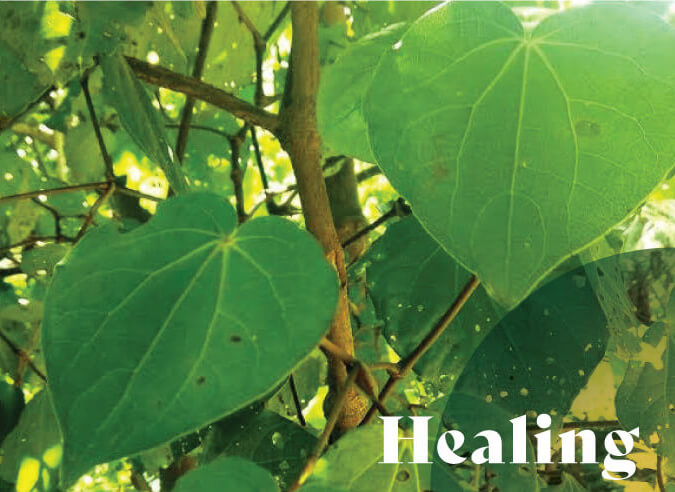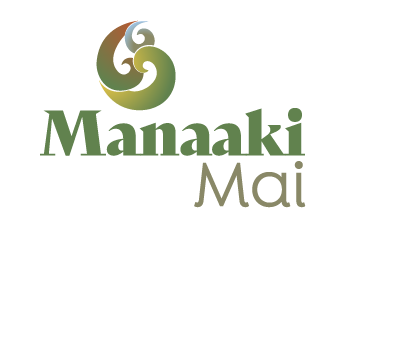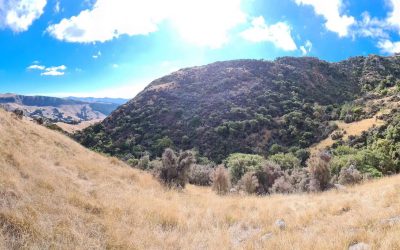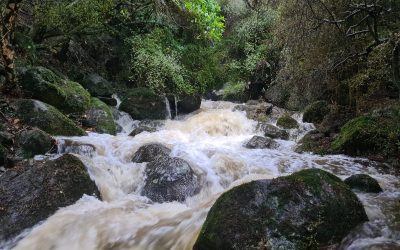Conservation & Ecology
“Whatungarongaro te taangata, toitu te whenua”
As man disappears from sight, the land remains
Restoring
Manaaki Mai
Manaaki Mai encompasses volcanic bluffs, native forest, and silver tussocks, all of which have inherent natural value from providing habitat for organisms to encouraging further regeneration of native plants in the area.
The regenerating areas of the property are highly representative of low-land dry forests that historically covered the Banks Peninsula.
Latest Blog
New Neighbours | Manaaki Mai
Well, they're not really that new... In 2021 a group of people (including us) who...
Let it rain…
I am definitely no expert but…. Wow, what a difference a...
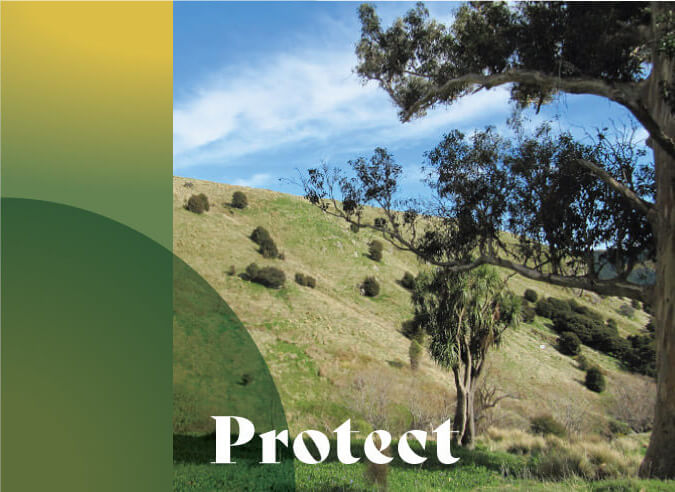
Manaaki Mai is currently home to native trees such as kānuka, podocarp hardwood, kõwhai, lacebark and many more.
Silver tussocks and native forest thrive on the many sunny slopes of the farm while the shady areas are mostly limited to the native forests.
Some non-native species are also found throughout the farm, such as periwinkle, which dominates a large patch of land at the site of the original Greenwood’s homestead (First permanent European settlers in Lyttelton Harbour 1843), and willow trees along the river, which are slowly being removed.
Manaaki Mai is currently home to native trees such as kānuka, podocarp hardwood, kõwhai, lacebark and many more.
Some non-native species are also found throughout the farm, such as periwinkle, which dominates a large patch of land at the site of the original Greenwood’s homestead (First permanent European settlers in Lyttelton Harbour 1843), and willow trees along the river, which are slowly being removed.

Stream
One of Paul and Andrea’s dreams is for the Waituturi stream, which runs through Manaaki Mai to flow into the Lyttelton Harbour run all year round. The broader stream environment differs significantly throughout the extent of the stream’s reach on the property. The upper reaches of the stream is covered by native bush overhead with limited grasses or other undergrowth.
Further down the native bush stops and is replaced by grasses and various exotic and native trees including kowhai, kanuka and willow, spread sparsely along the banks at varying distances from the stream.
In these lower reaches, an inlet from a neighbouring farm appears to be having a negative influence on the immediate and downstream areas. This is being actively managed to improve the quality of the water which finally makes it into Purau Bay and Lyttelton Harbour.
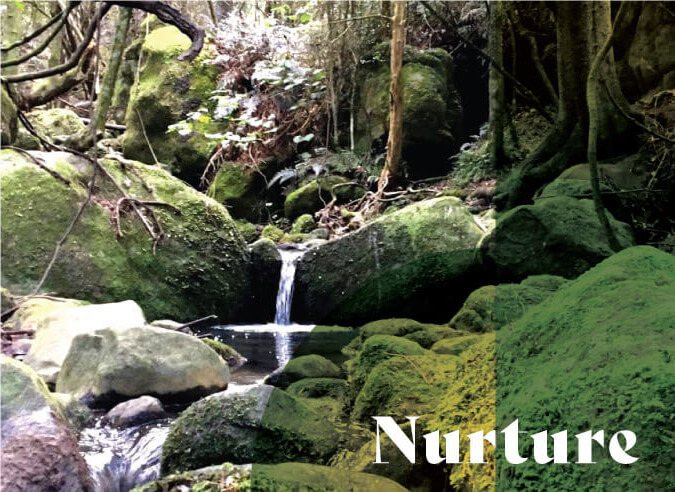
Kereru, Korimako, Piwakawaka
Various species of native and exotic birdlife can be found at Manaaki Mai as well as some small lizards including the Southern Grass skink, McCann’s skink, the jewelled gecko, and the Canterbury/Waitaha gecko.
The birdlife at Manaaki Mai is extensive and consists of, but is not limited to, fantails, silvereyes, grey warblers, bellbirds, and kereru.
These birds are found throughout the entire property; however, population density is highest in the native forest.
Pests
The farm has been retired from stock and fences repaired; however, sheep and goats from the neighbouring farms still trespass from time to time.
These animals will have a negative influence on regenerating native species of plants, as their eating habits are relatively unbiased. Paul and Andrea are actively trapping and ridding Manaaki Mai of pest species such as possums, rats, stoats, rabbits and wild cats.
Geomorphology
There is historic evidence of land in the higher reaches of Manaaki Mai slumping due to water saturation after periods of heavy rain. Paul and Andrea are slowly addressing these slumps by re-directing the channels of water flow and planting natives to assist with the absorption of water and binding of the soil.
Geology
Manaaki Mai and the surrounding area has the greatest lithological diversity on the peninsula, given that it sits on top of the remains of four volcanic systems: Lyttleton, Akaroa, Mt. Herbert and Diamond Harbour. The ridges around the property are composed of lava flows from Lyttleton, Akaroa and Mt. Herbert volcanic complexes and the large variety of rocks present on the farm indicate it is located in one of the most geologically diverse areas of the Banks Peninsula (Miskell, 2007).
There is potential for the farm to contain rocks from any or all of the volcanoes that originally formed the Banks Peninsula, as well as potential volcanic dykes. A short trip up the streambed demonstrates the diversity of the boulders both in size and morphology with lava boulders, pyroclastic (flows of hot ash and debris) boulders and volcanic tuff rock all evident.
Cultural significance
Purau Bay is rich in Māori history and a trail through Manaaki Mai appears to have been part of an historic route used by Māori to move from Koukourarata (Port Levy) to Whakaraupo (Lyttelton) and beyond. Many medicinal herbs used in rongoa Māori (Māori medicine/healing system) found on the property include kawakawa, kanuka, poroporo, koromiko and harakeke.
Pakeha history includes the site on Manaaki Mai of the first permanent European settlers on Banks Peninsula, the Greenwood brothers in 1843. Maori originally objected to their squatting on the land, but eventually, received seven blankets and some printed calico as yearly rent. The Greenwoods’ home also provided the setting for the first documented robbery in New Zealand committed by the “Blue Cap” Gang in 1846.
